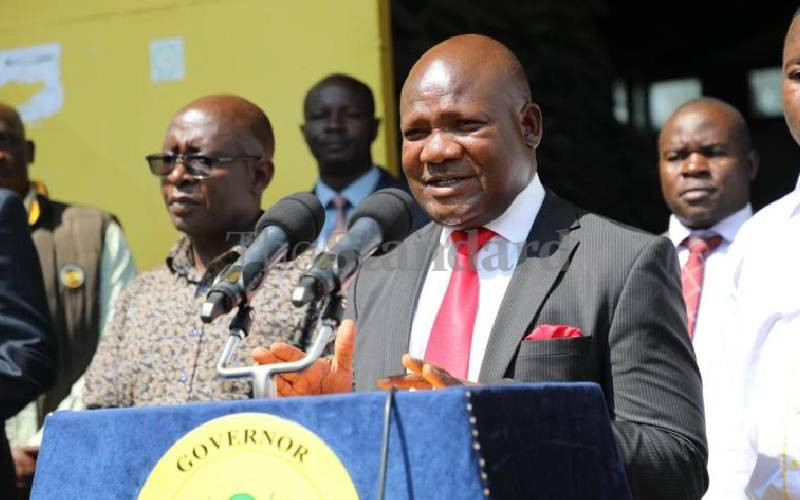The Council of Governors (CoG) has accused the national government of frustrating devolution by delaying disbursement of funds.
COG is demanding release of Sh100 billion arrears owed to counties.
The CoG Chairperson of the Finance and Economic Planning Committee Fernandes Barasa while speaking in Butere constituency during the 61st Mashujaa Day said the national treasury is holding money for August, September, and October. He said the delay has crippled service delivery in the counties.
“As we celebrate Mashujaa Day, we are celebrating the fete under hardship because the constitutional envisaged devolution to work, and for it to work, counties need money. But as we speak, counties have not received their arrears of equitable share amounting to Sh100billion for three months now, we need the money so that governors can perform their duties,” said the Kakamega Governor
He urged Treasury CS John Mbadi to expedite the release stating that it has become difficult for counties to offer critical services like health, education, and agriculture due to lack of funds.
Additionally, governors have rejected a proposal to slash equitable share from Sh400billion to Sh380billion for the financial year 2024/2025 a move that the Commission for Revenue Allocation supports, stating that further reduction will affect the delivery of service.
“We have a stalemate on the issue of Division of Revenue Bill. As governors, we support our Senator’s proposal of Sh400b, but MPs are proposing Sh380b. By Benard Lusigi | The Standard






